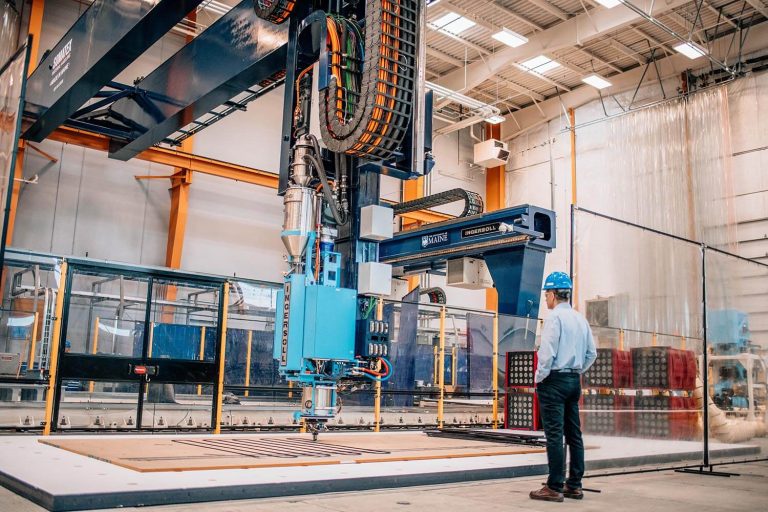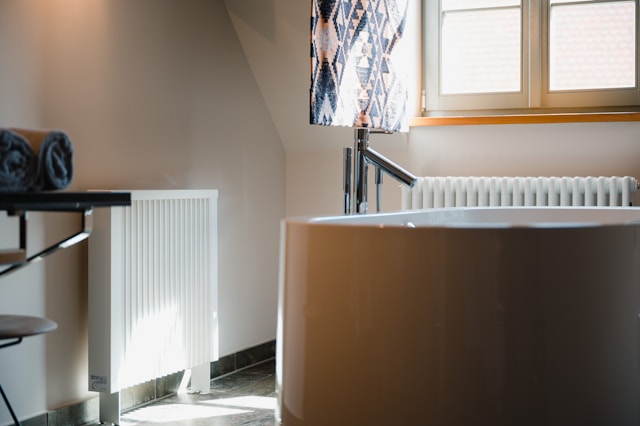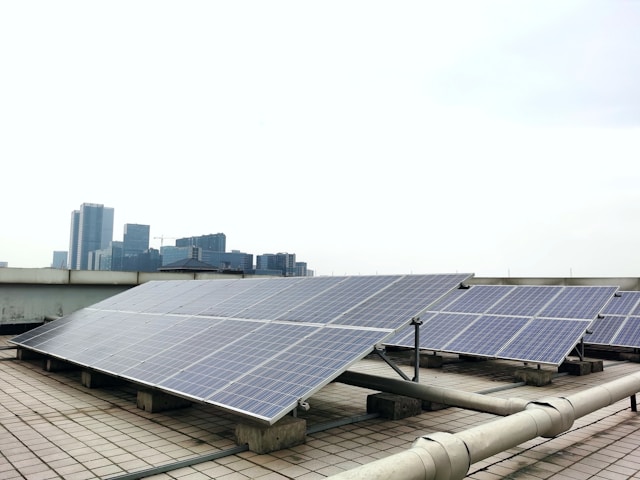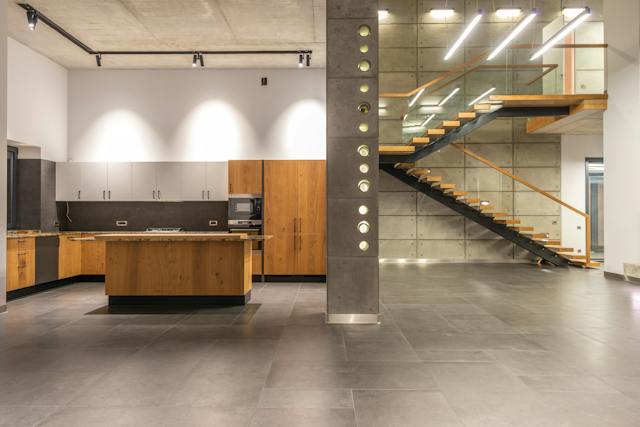The days of windmill blade type wind generators may be numbered, with most new designs taking on streamlined conical shapes instead. But a number of companies have taken it up yet another notch by focusing on capturing wind at high elevations rather than the more grounded levels of about 700 feet maximum available to blade type generators.
Massachusetts based company Altaeros Energies has designed a helium-filled balloon covered with a state of the art proprietary fabric covering. Their Bouyant Airborne Turbine (BAT) is shaped like an airplane engine housing with a turbine inside and stabilizing wings that maximize directional wind collection. It is tethered by three polymer strands, one which contains copper for transmitting energy to the batteries on the ground.
Ideal wind speed for collection without potential for equipment damage is 30 mph. If the wind exceeds a safe speed at 75 mph, the BAT can be reeled in and grounded as needed. Its robotic controls can even be self-adjusting.
The BAT’s ease of installation makes it a viable energy source for temporary and short term circumstances. This feature is a main reason why Altaeros was granted funding from the Alaska Energy Authority, as solar is not a good option where long periods exist without sunlight. The company has its eyes on other areas where ground wind is stagnant but high winds are available, and where road access prohibits large scale solar installations. Currently, they are negotiating the potential in Brazil and India, where diesel-fueled generators are the norm. And industrial operations, which need power for only a limited time frame, are a prime potential customer.
Wind energy has seen a burst of interest in the last five years, with designs becoming more streamlined and more affordable for on-site generation. In fact, Altaeros was a contributor to founding Greentown Labs in Somerville, Massachusetts as an assist to green technology start-ups, and now nurtures dozens of young companies with novel ideas.
But there is a scramble of inventors and investors in sky-high wind capture designs for a variety of uses, many expecting to launch within a few years. Some resemble kites (KiteGen and NTS X-Wind) while others resemble planes (Ampys Power and Makani, recently acquired by Google), but all fly high while tethered to Earth, sending energy down from “on high.”
Though Altaeros Energies envisions an off-shore mega-watt BAT in the future, for the time being all focus is directed to the launch of their smaller 30-kilowatt and their larger 200-kilowatt versions of inflatable turbines. As a side benefit, the BATs can also carry radio, cellular, and internet capabilities to allow for voice and data networking.
With their determined focus and creative collaboration, we will likely see Altaeros Energies soar to new capabilities of wind power. Ben Franklin must be smiling from the beyond to see his kite-flying electricity generation taken to such creative new heights.






